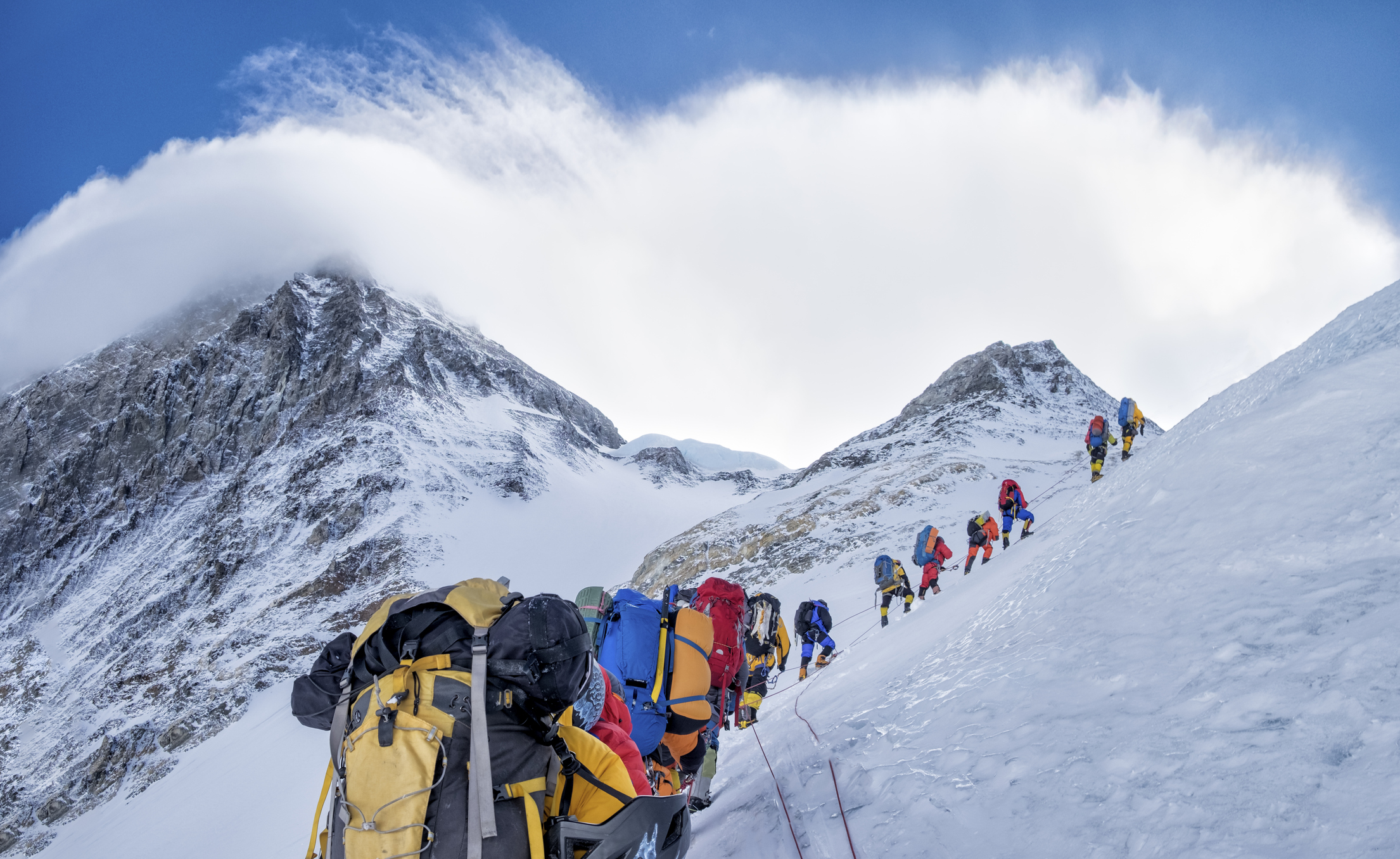10 biggest mistakes to avoid when visiting Yosemite National Park
Avoid spending too much time waiting in queues and too much money on gas so you can focus on the magic and majesty of this world-famous park

Taking a trip to Yosemite National Park is the closest thing to hiking heaven you can find on planet earth. Its imposing granite monoliths, tumbling waterfalls and giant trees are so spellbinding that I’ve found myself returning to Yosemite four times in almost as many years, and while I’ve never had anything close to a bad time there, I’ve learned along the way that there are some mistakes you want to avoid.
If you’re visiting Yosemite for the first time, it’s a good idea to act like it will be your last trip there and do what you can to ensure you don’t spend too much time waiting in queues, too much money on gas or lose too much of your car’s interior to a hungry bear. Read on for the 10 biggest mistakes to avoid when visiting Yosemite National Park to ensure you experience only the magic and majesty of this world-famous park.
1. Showing up in a leisurely fashion
Yosemite might have been formed by sheets of ice moving at a glacial pace, but that doesn’t mean you should. Yosemite is one of the most popular National Parks in the country with approximately 3.5 million visitors every year, and the vast majority of those visitors roll up to the park gates after breakfast.
If you do the same, you’re likely to spend an hour or longer in a hot car just waiting to get into the park, where you might be met with full parking lots. Driving in Yosemite is lovely, but wouldn’t you rather get out and explore? The early bird, as they say, gets the worm, so set your alarm and aim to arrive before 9 a.m. for the smoothest entry.
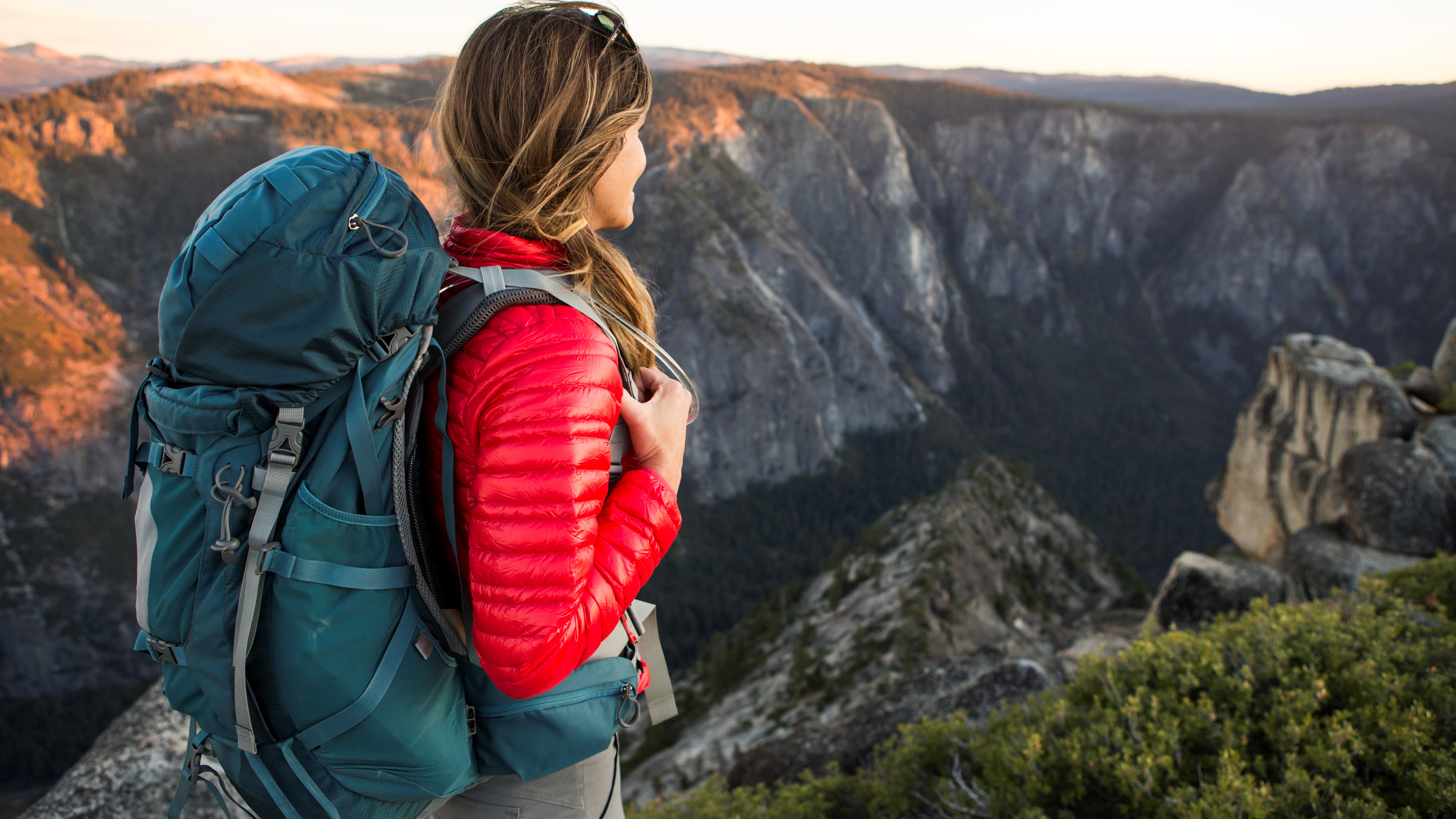
2. Not securing a campsite early
I’ve camped in a quiet site outside the park and I’ve camped in Upper Pines, right in the heart of the valley and they are two very different experiences indeed. Though camping inside the park isn’t an intimate experience (there will be hundreds of other campers there), there’s a lot to be said for being so close to the popular trails (and a post-hike drink at the Ahwahnee Hotel) and I loved staying there and not having to drive all week.
With that in mind, if you want to have the full experience and camp inside the park, you’ll need to think ahead. Yosemite opens reservations for its campgrounds five months in advance, on the 15th of the month at 7 a.m. PCT and they fill up within minutes. That means that if you want to camp in Yosemite between July 15 and August 14 this year, you’re going to want to be sitting at your computer with your credit card at the ready at 7 a.m. on March 15.
It’s true that last minute cancellations do happen, and you might be able to grab a last minute spot, but it’s not guaranteed, so save that option for a last-ditch attempt rather than making it your Plan A.
Advnture Newsletter
All the latest inspiration, tips and guides to help you plan your next Advnture!
3. Not filling up your tank
Gas stations in and around Yosemite are shockingly expensive, even by California standards. If you’re used to paying upwards of $4.50 around LA, you can add another dollar to that tab. Obviously, if you’re spending a long time in Yosemite and planning on doing a lot of driving, you may not be able to avoid this, but if you can, fill up your tank when you’re still an hour away and once you get to the valley, ride your bike or take advantage of the free shuttle buses.
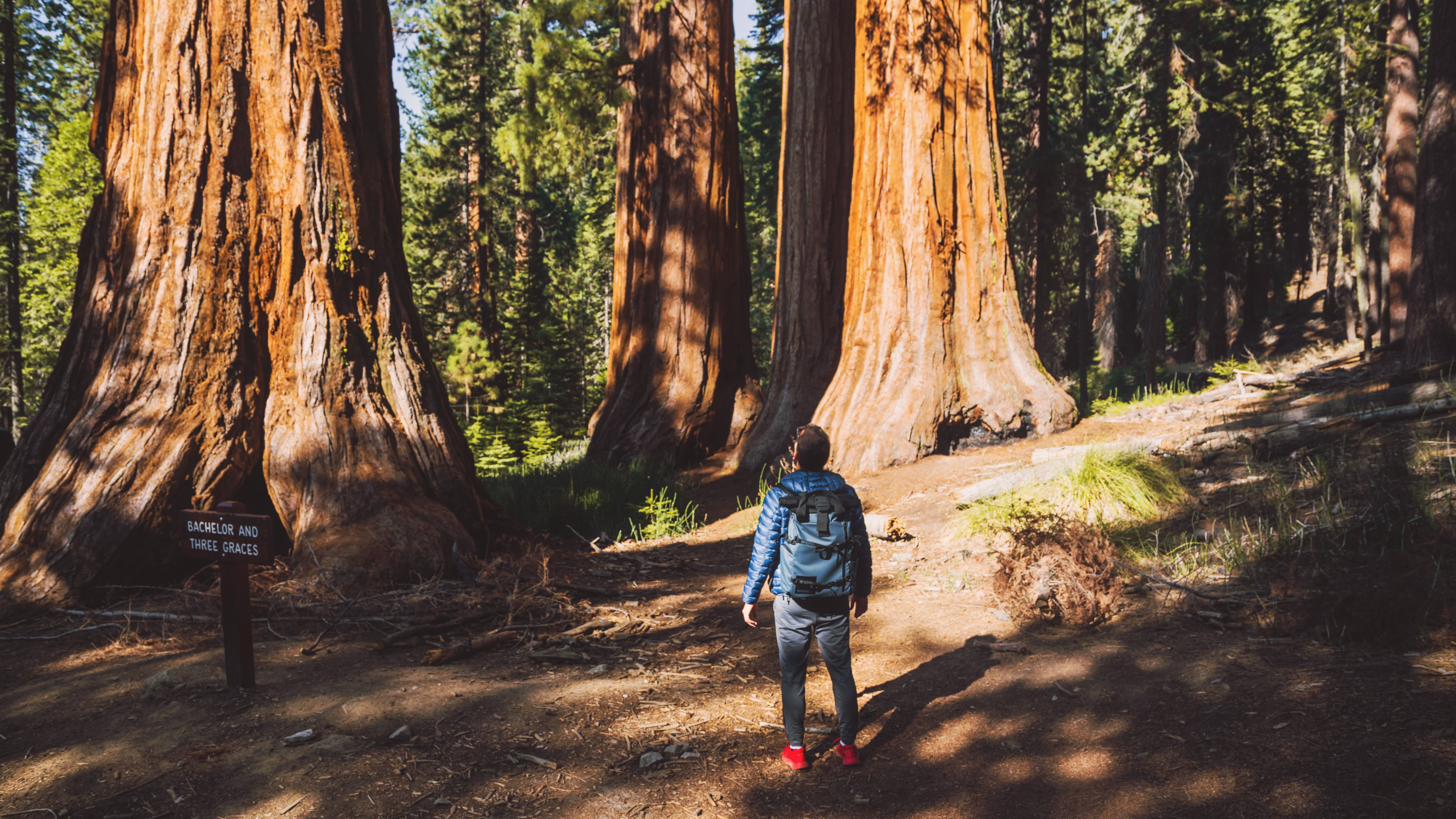
4. Visiting on the weekend
Weekends are an obvious time to get outdoors and enjoy yourself, just not in Yosemite. I booked my first trip to Yosemite for Wednesday through Sunday. We were camping just outside the park, and for the first three days we drove into the park for the day without any issues.
When Saturday rolled around however, our hearts sank when we saw a long line of brake lights ahead of us as we rounded the bend. We sat in traffic for over an hour to get into the park that day – which is standard for a weekend – and vowed never to visit on a weekend again. If you can get away with it, visit Yosemite during the week for the best experience.
5. Avoiding the popular hikes
It’s true that the popular hiking trails in Yosemite National Park – Yosemite Falls, the Mist Trail, Tuolumne Meadows – are crowded a lot of the time, but they’re busy because they’re incredible. If it’s your first time visiting Yosemite, don’t shy away from these hikes, as they really are unlike anything you’ve ever experienced or will ever see again. Just be a smart hiker – visit during the week if you can and set off early.
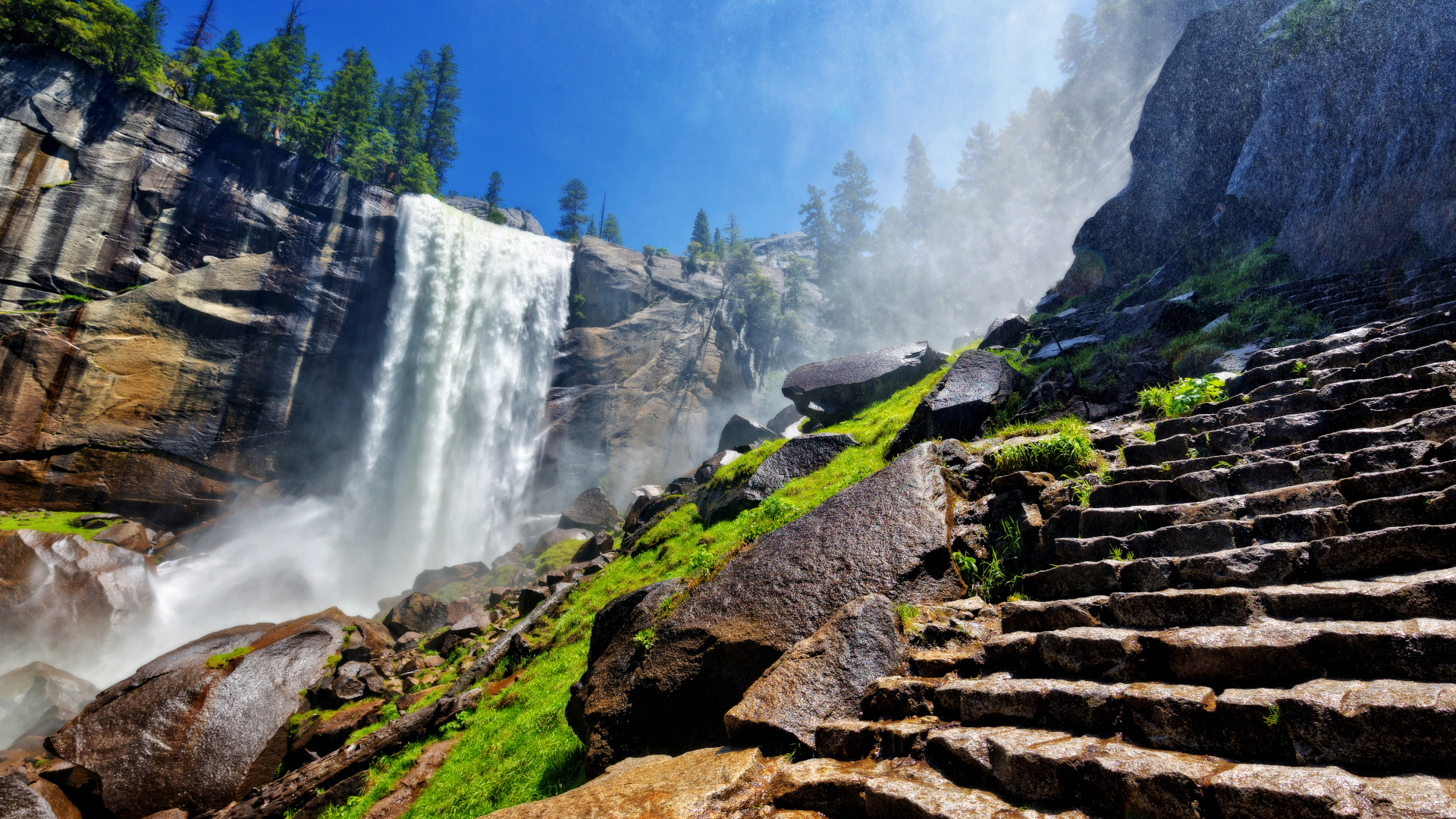
6. Missing waterfall season
Tumbling cascades and rainbow mists are among the best reasons to visit Yosemite, there’s no doubt about it, but just because almost all marketing images of the park show these fantastic falls, don’t assume they’re always there. If you’re serious about seeing Yosemite's waterfalls, visiting in spring during runoff is essential as by summer many will have dried to a trickle.
There are waterfalls that run year-round, such as Bridalveil and Vernal Falls, but summer and fall are decidedly drier in the park and you might be disappointed if you visit then. That said, if your only choice is to visit in September, you can usually ditch the insect repellent, which is a bonus in itself.
7. Chasing waterfalls
Over in Yellowstone, visitors tend to find themselves in hot water, literally, when they get too close to hot springs, but in Yosemite, it’s people chasing waterfalls that causes the problem. According to one injury law firm, slips, falls and drownings are among the leading causes of death in Yosemite, and several tragic accidents have taken place in recent years when visitors tried to get too close to waterfalls.
Yosemite’s waterfalls are a sight to behold, but you should always stay on the trail and heed signs to stay well back and avoid slippery rocks and impossibly strong currents. Wear appropriate footwear such as hiking shoes with grippy soles and use handrails when available.
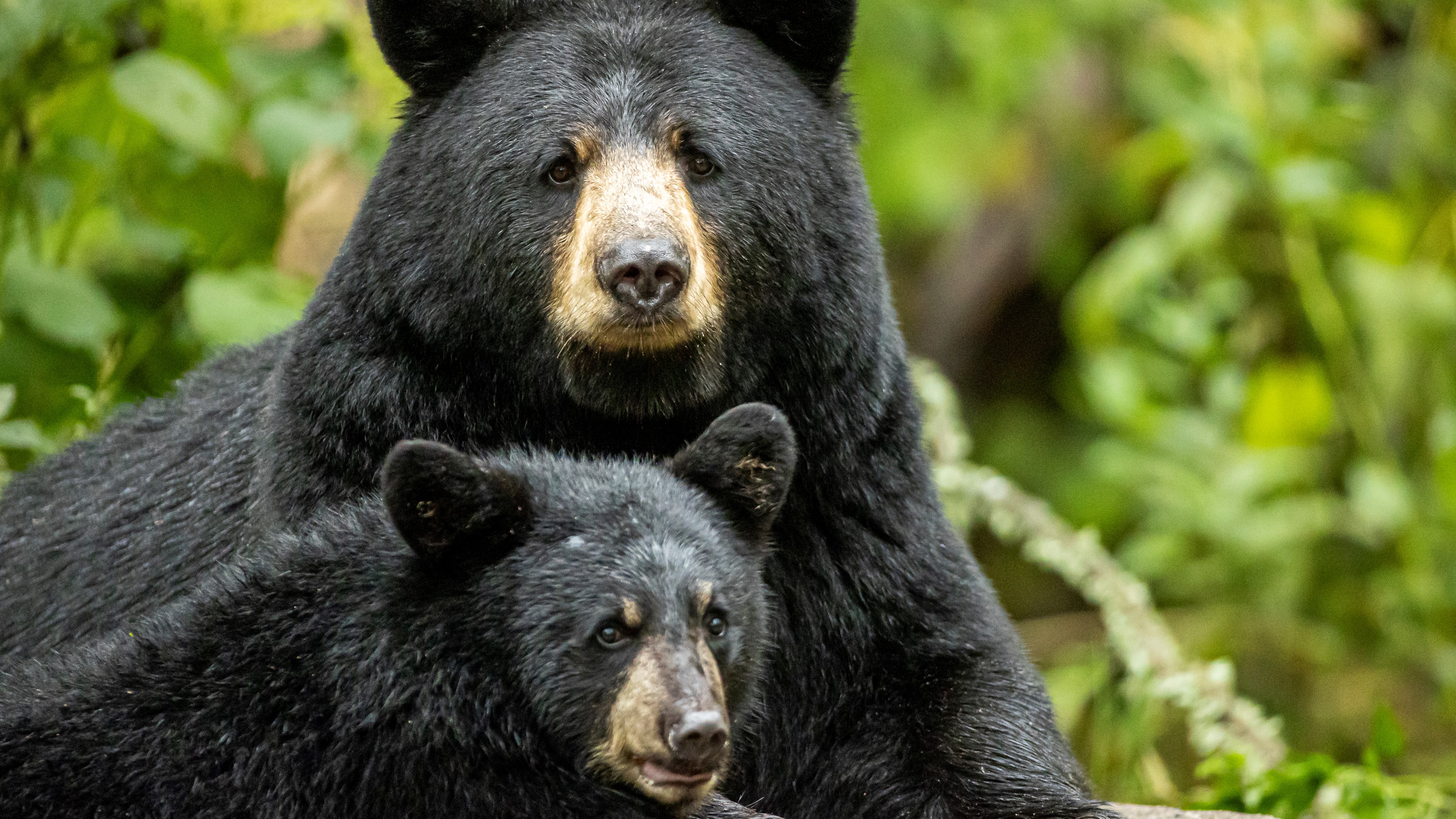
8. Leaving food in your car
Bear sightings are relatively common in Yosemite and they’re certainly another park highlight – unless said bear is currently rummaging through your car in search of the sandwiches you left overnight that is. Yosemite is home to hundreds of black bears, all of whom are known for having a voracious appetite and a keen sense of smell. If you leave anything scented in your car, from trail mix to toothpaste, you may tempt a peckish bruin to come searching for a snack, which can cause damage to your vehicle and possession and put the bear in danger of being euthanized.
Don’t believe us? According to a New York Times article, there were over 600 bear break-ins in Yosemite in 1997 alone. For this reason, Yosemite’s bear policy states that while you can keep food and other smelly items in your (locked) car during daylight hours, if you’re spending the night in the park you must use the bear storage lockers provided at the campgrounds, Curry Village and all trailhead parking areas.
9. Bringing bear spray
If you read that previous mistake and thought, no worries, I’ll just pop my bear spray in my suitcase, stop right there. While bear spray is recommended in a lot of places in bear country, including Yellowstone National Park, which is home to hundreds of grizzlies as well as black bears, bear spray is not allowed in Yosemite. Leave yours at home and practice sensible bear awareness, such as keeping your food sensibly contained and giving bears lots of space if you see one on the trail. As a general rule of thumb, binoculars are always the best way to get up close and personal with bears.
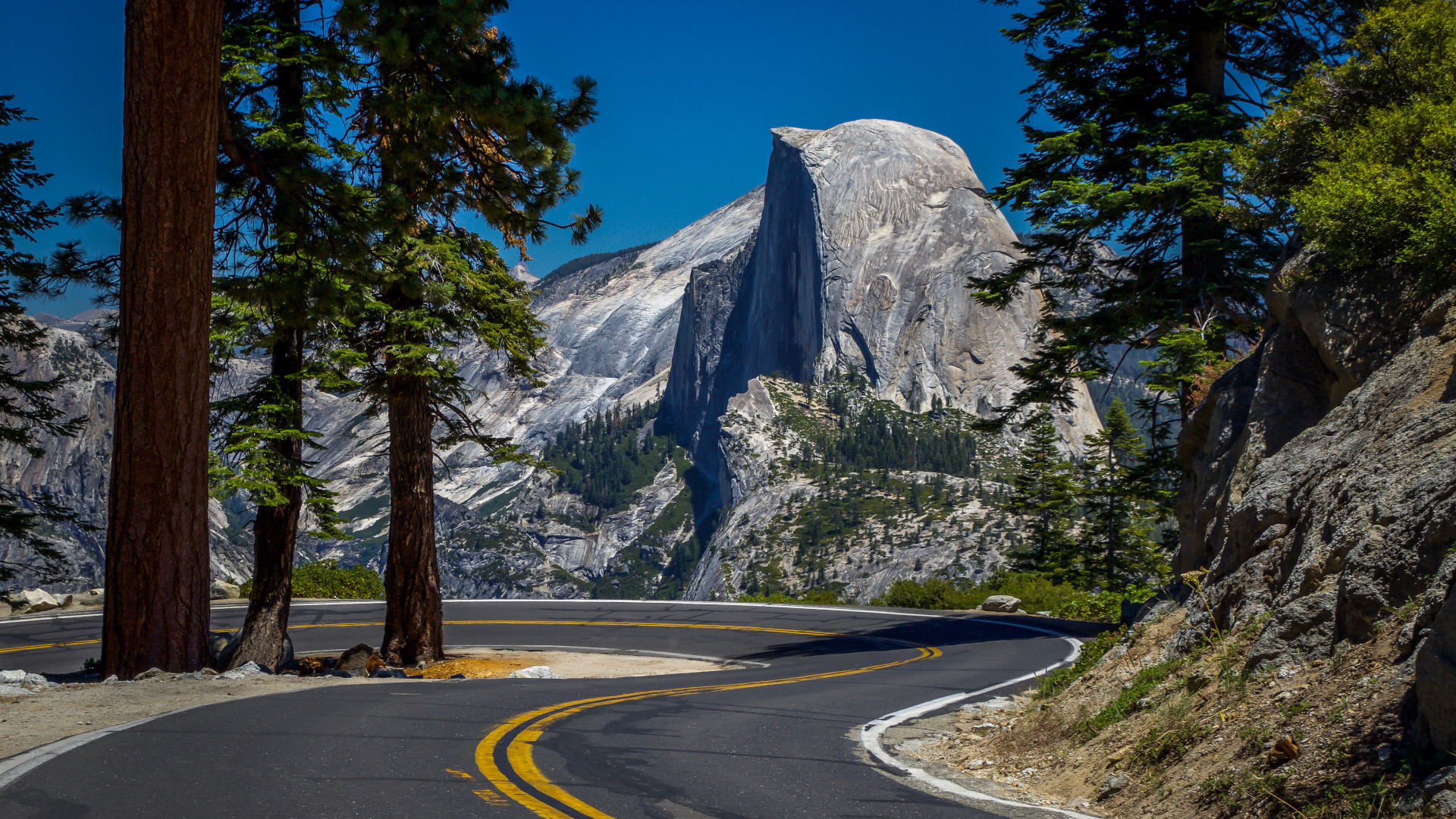
10. Not checking road closures
If you’re visiting Yosemite in the dead of winter, you might expect road closures and of course, it would be advisable to check ahead. However, seasonal road closures in the park can actually extend far beyond the snowiest months.
During my first trip to Yosemite, I was planning on driving from there on through Death Valley National Park to Las Vegas. I plotted out the route in October when Google Maps showed me the drive would only take a few hours. Little did I realize that Tioga Road is closed every year from November through late May or early June and during this time you cannot enter or exit the park from the east. The drive ended up taking 10 hours.
Fortunately, we turned it into an opportunity to have a longer visit in Death Valley, but it was a good lesson to always check current road conditions as well as seasonal closures.
Julia Clarke is a staff writer for Advnture.com and the author of the book Restorative Yoga for Beginners. She loves to explore mountains on foot, bike, skis and belay and then recover on the the yoga mat. Julia graduated with a degree in journalism in 2004 and spent eight years working as a radio presenter in Kansas City, Vermont, Boston and New York City before discovering the joys of the Rocky Mountains. She then detoured west to Colorado and enjoyed 11 years teaching yoga in Vail before returning to her hometown of Glasgow, Scotland in 2020 to focus on family and writing.

